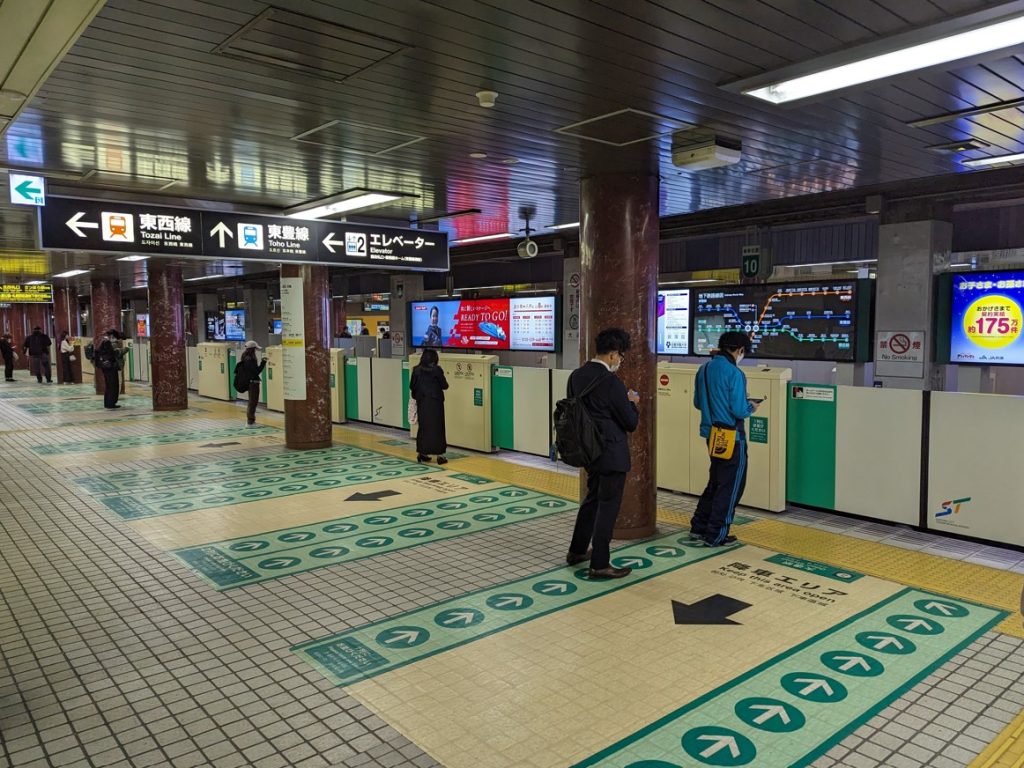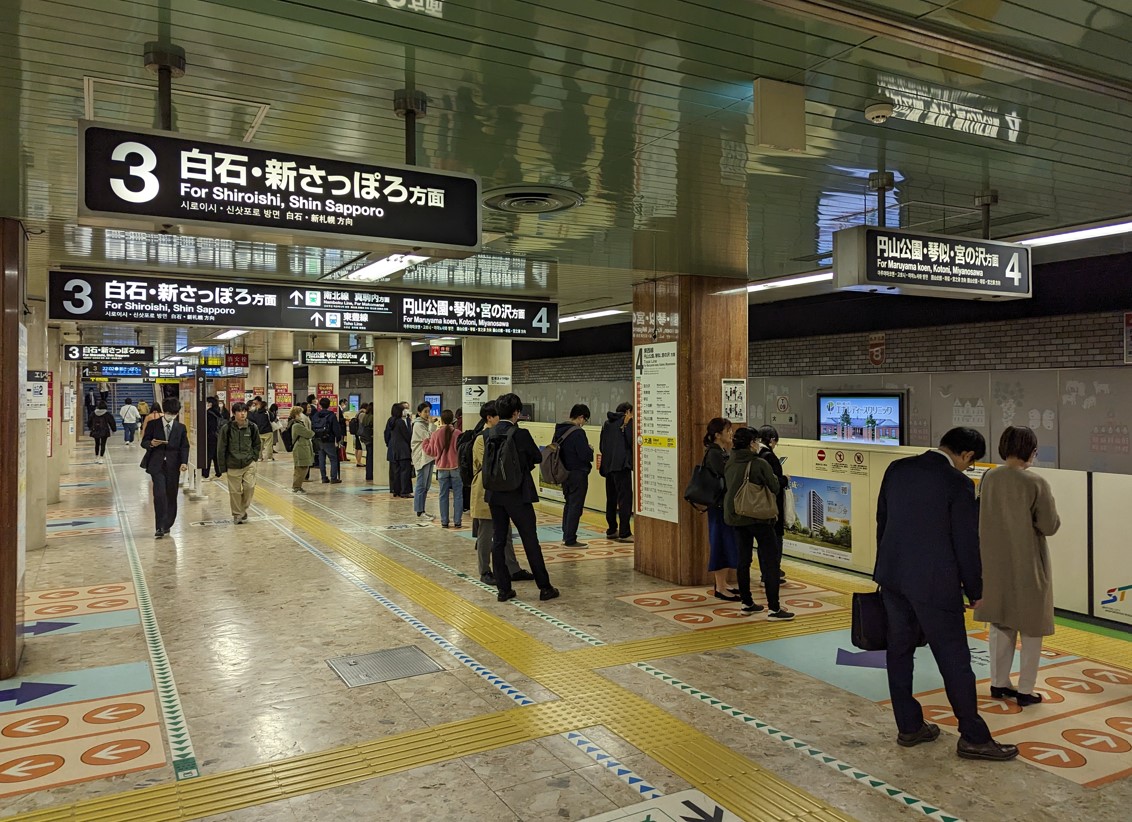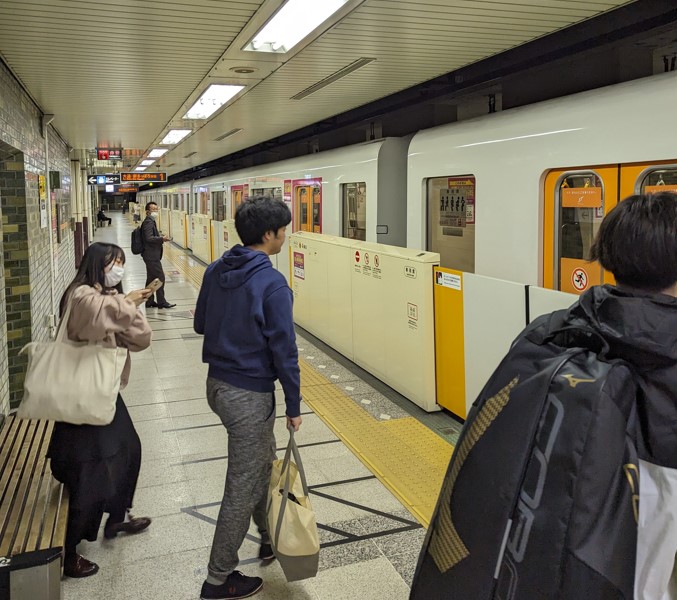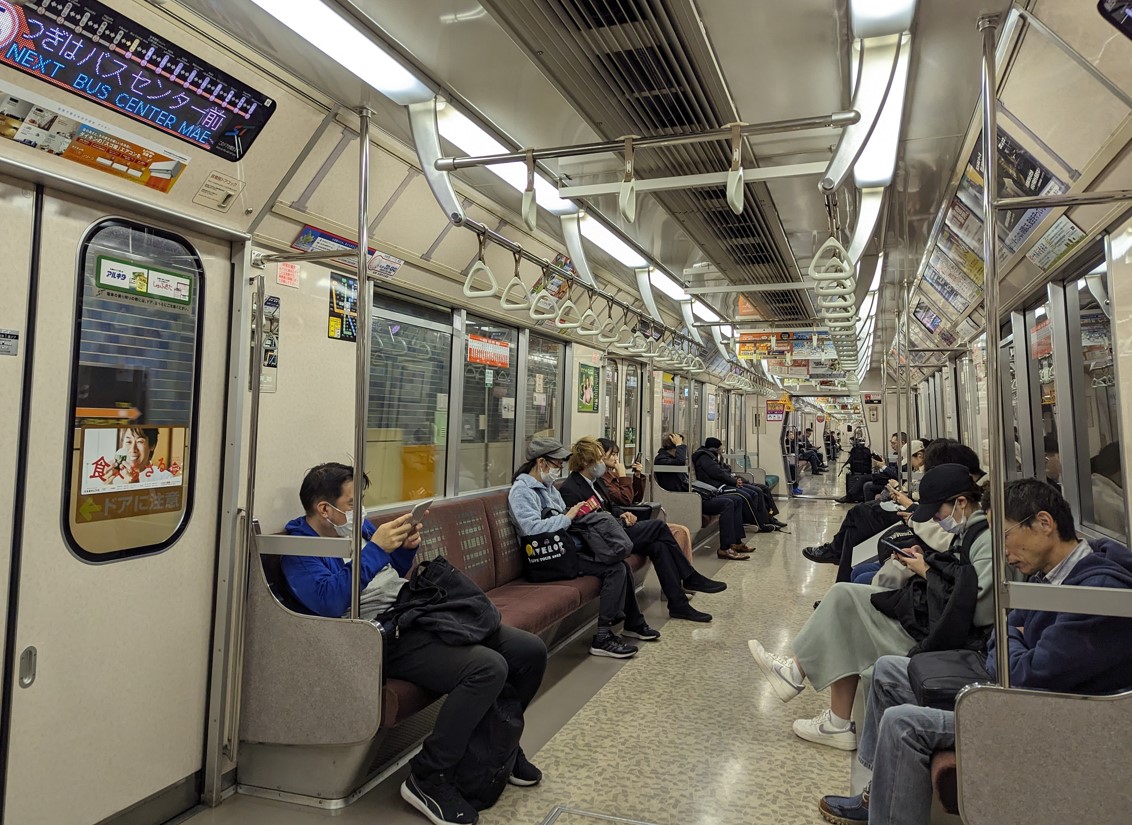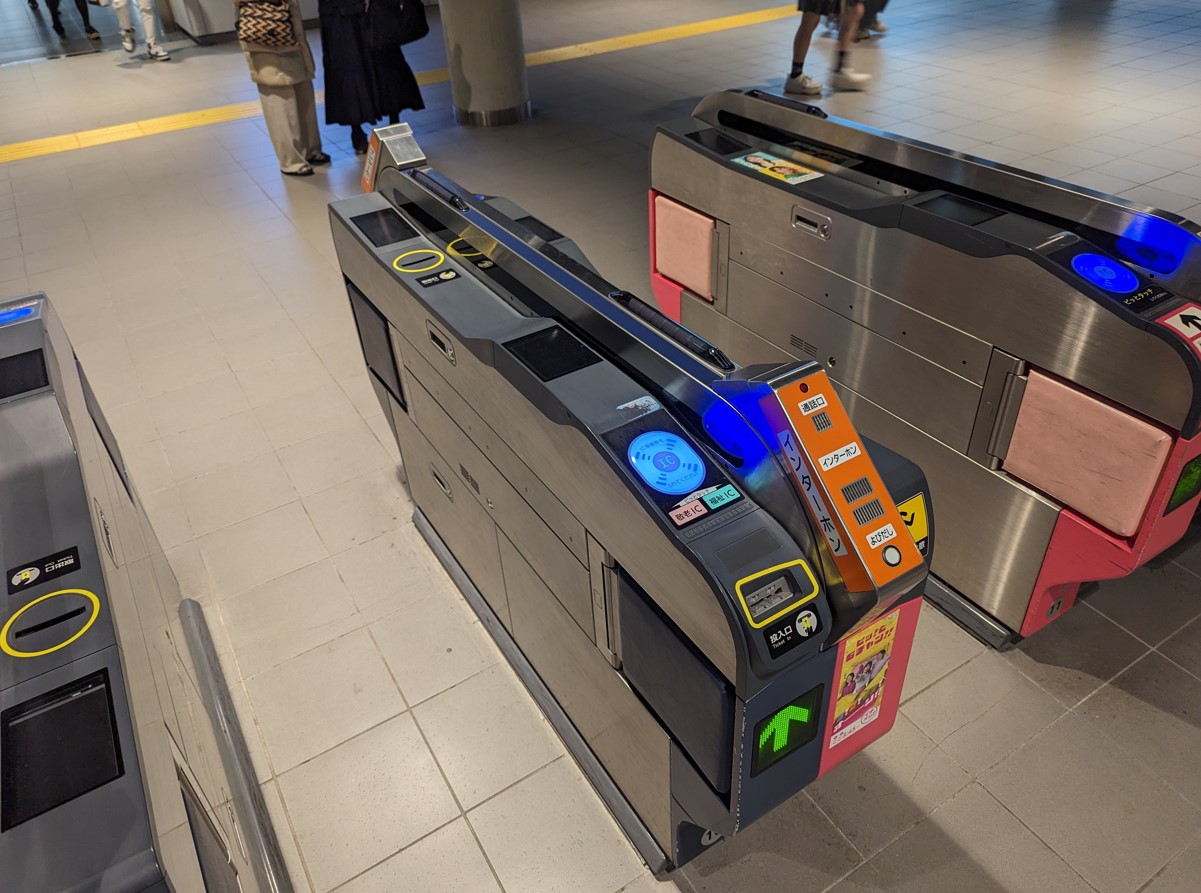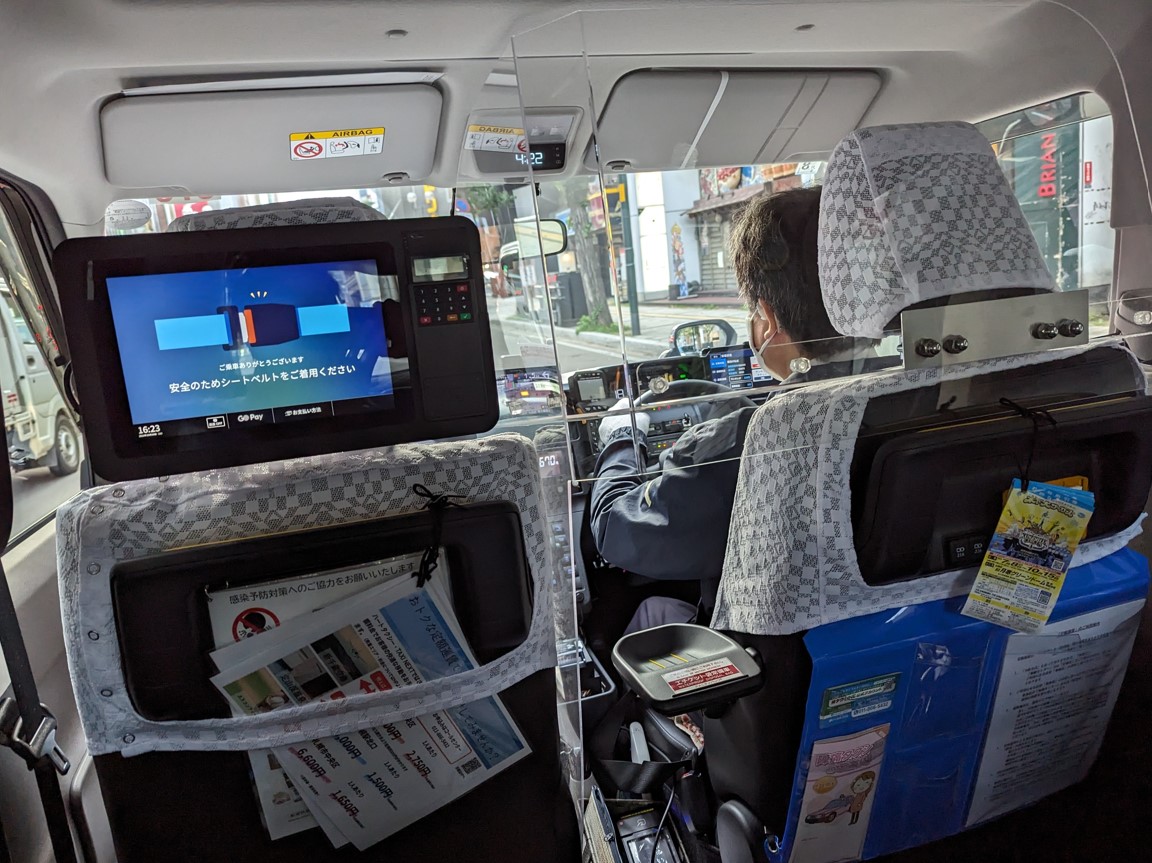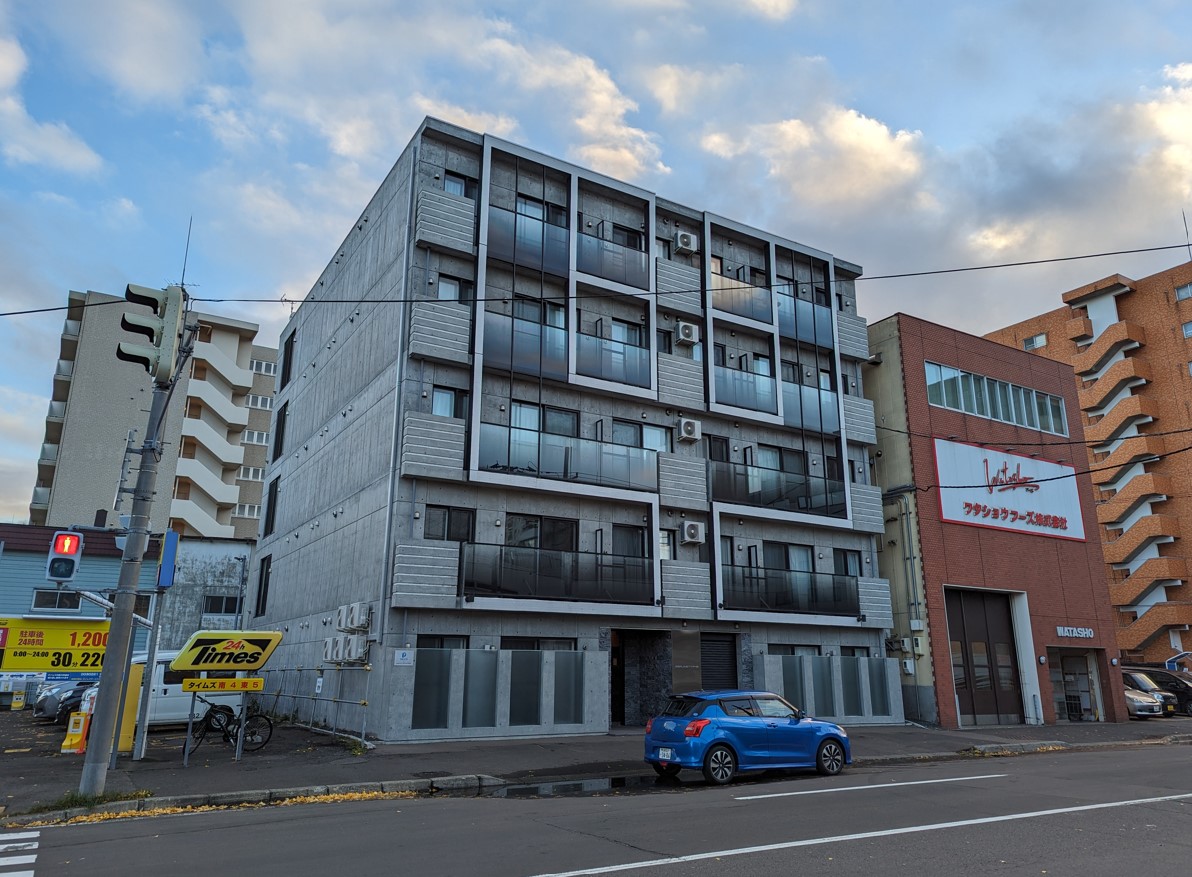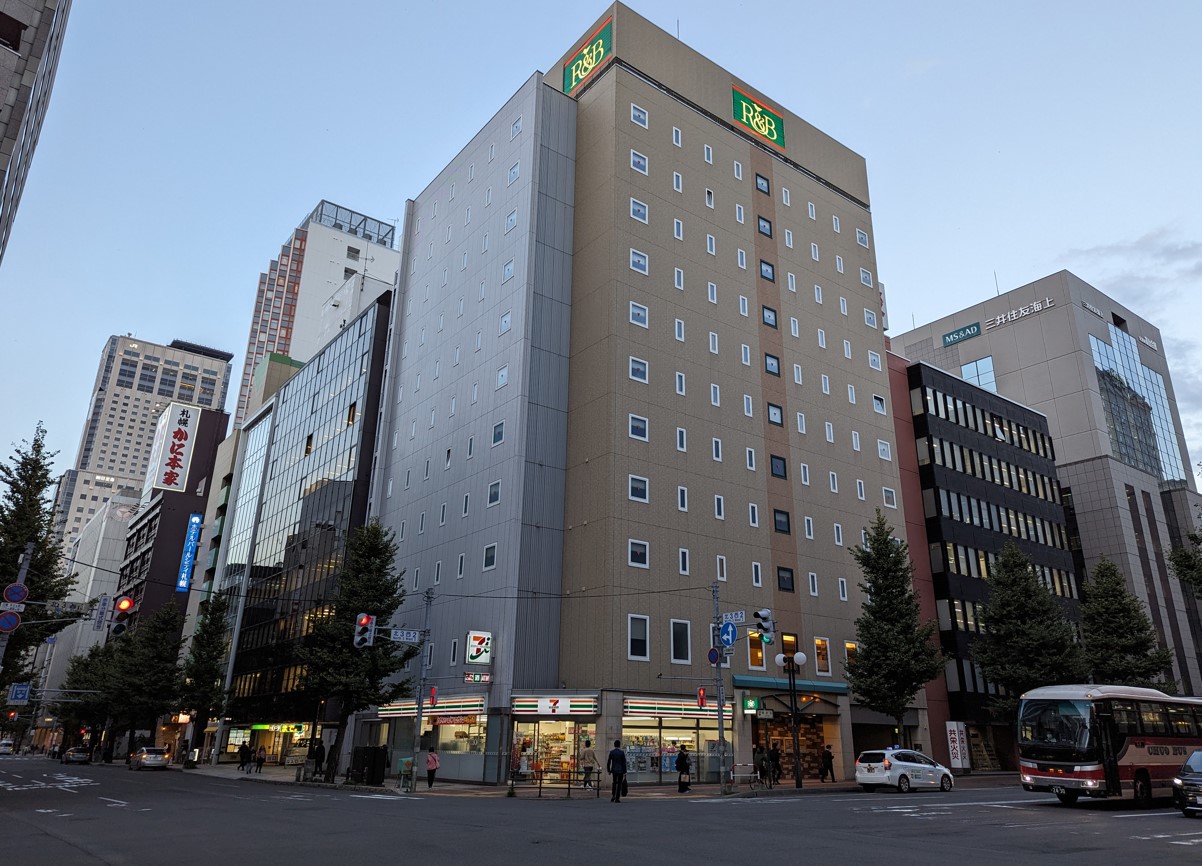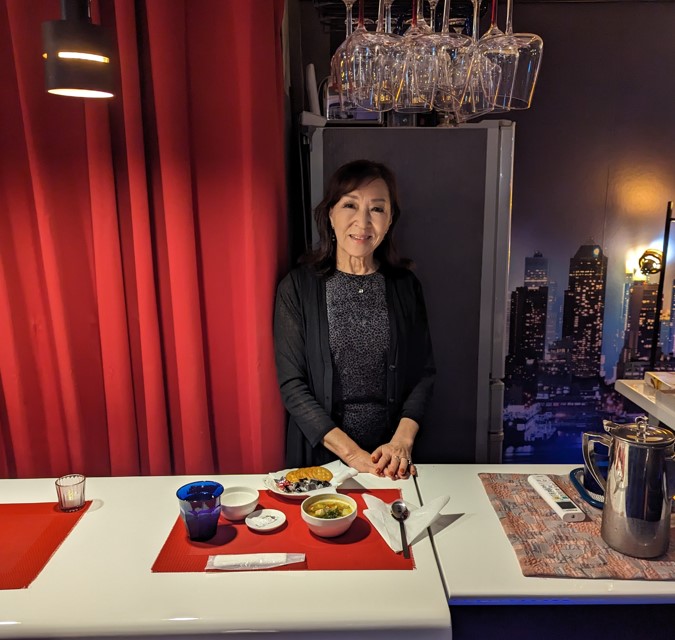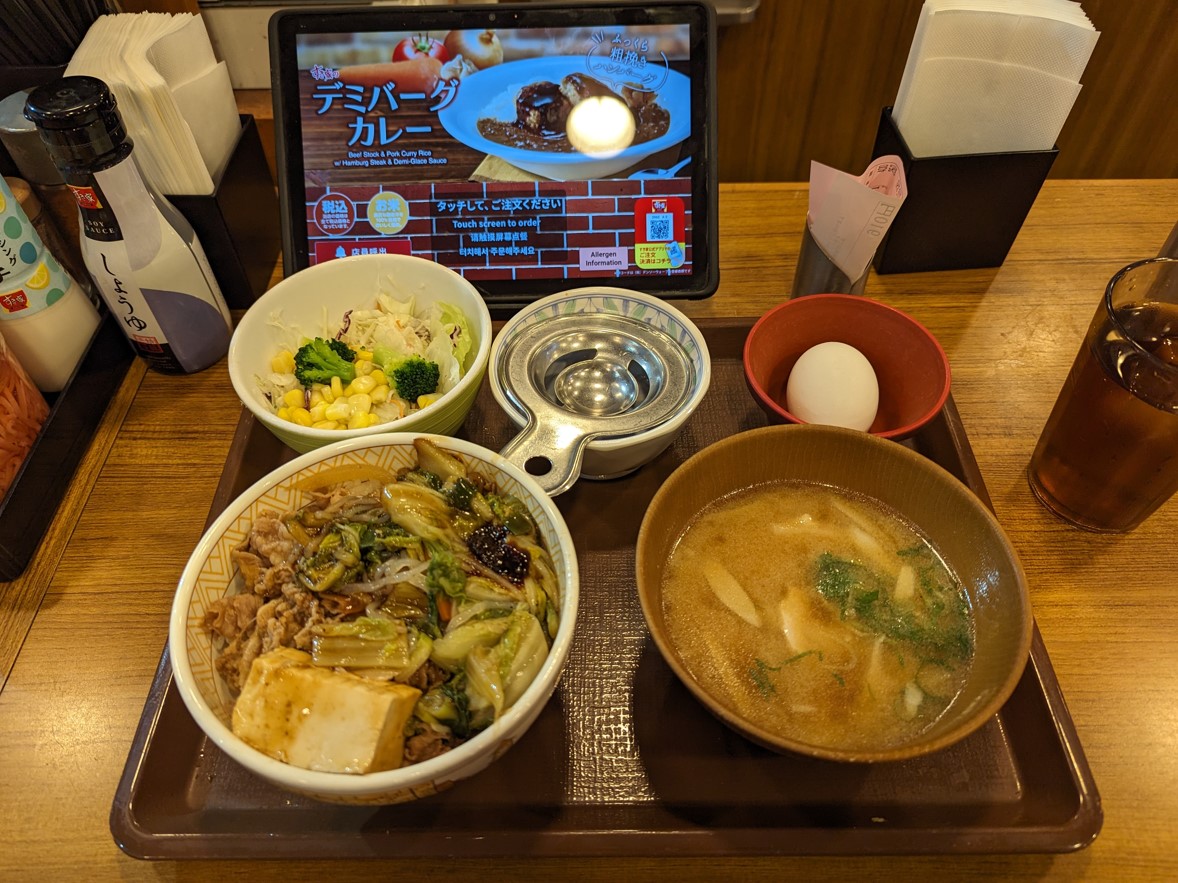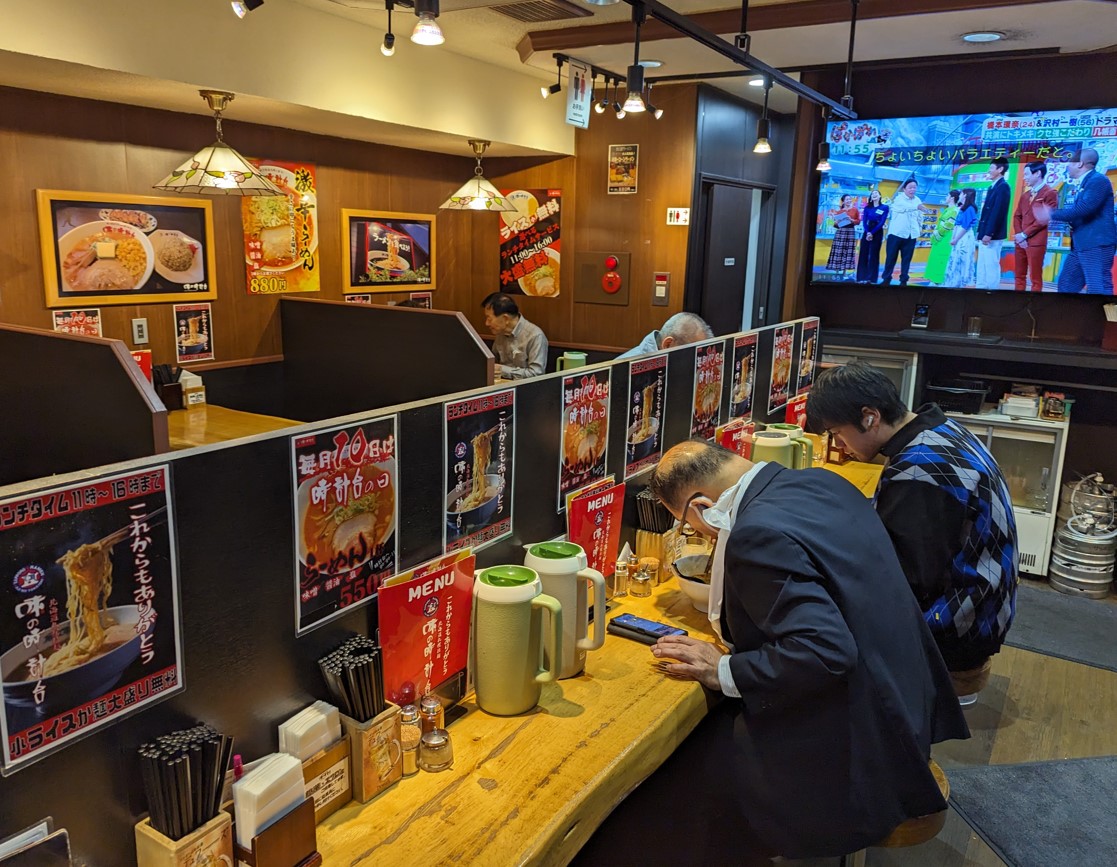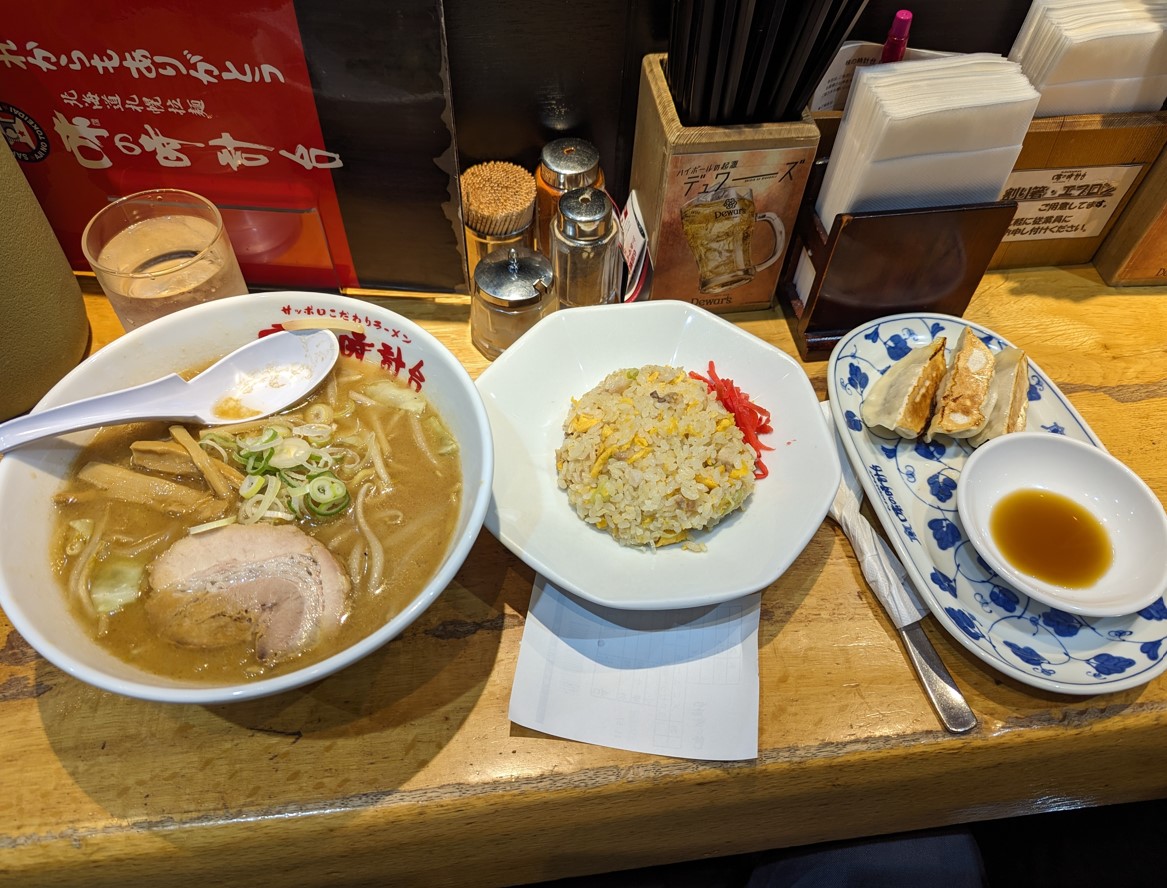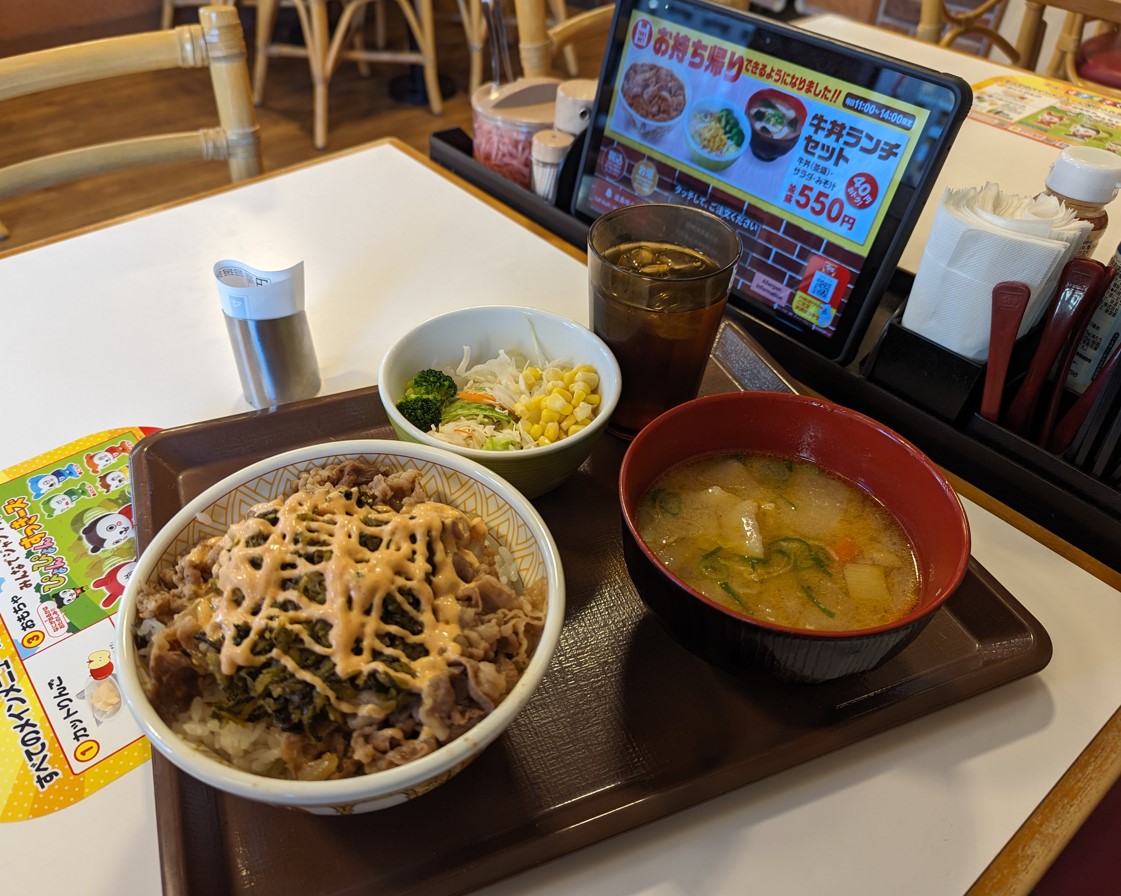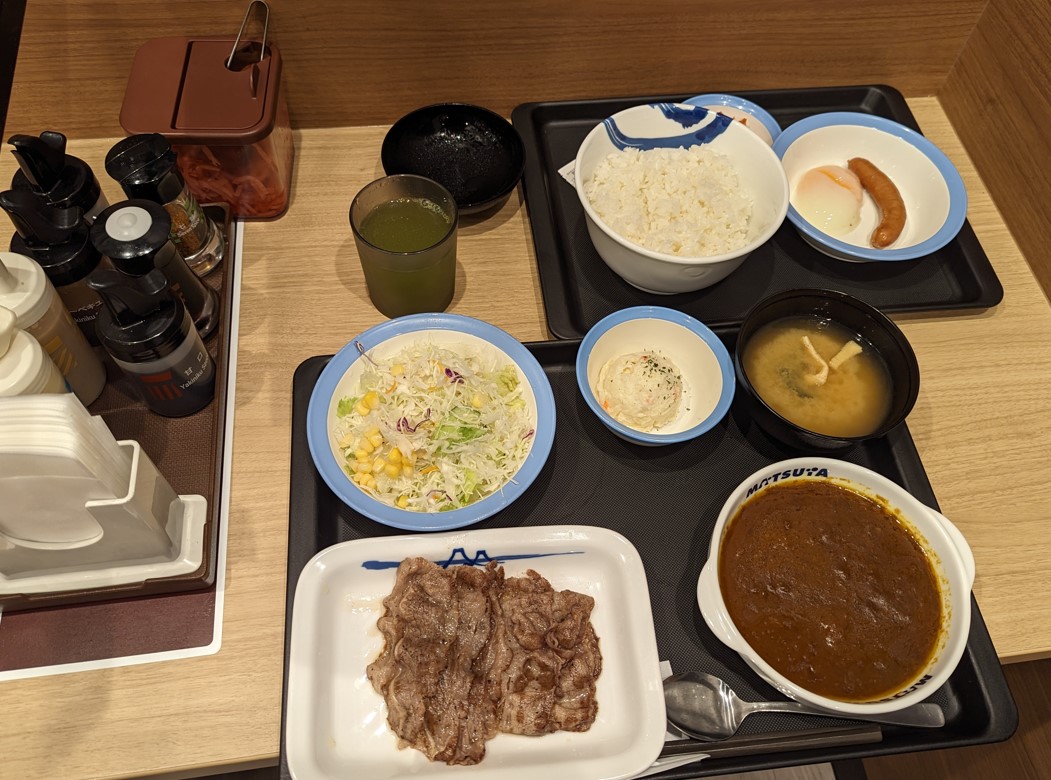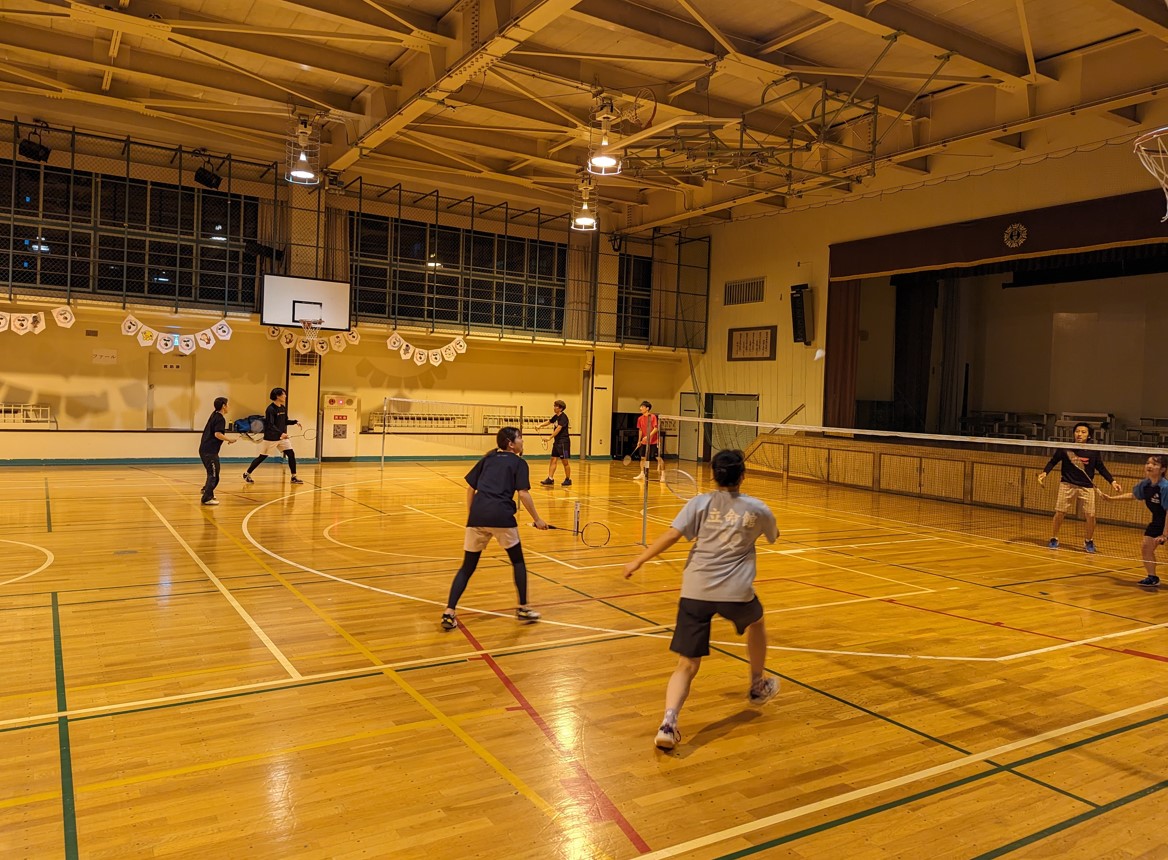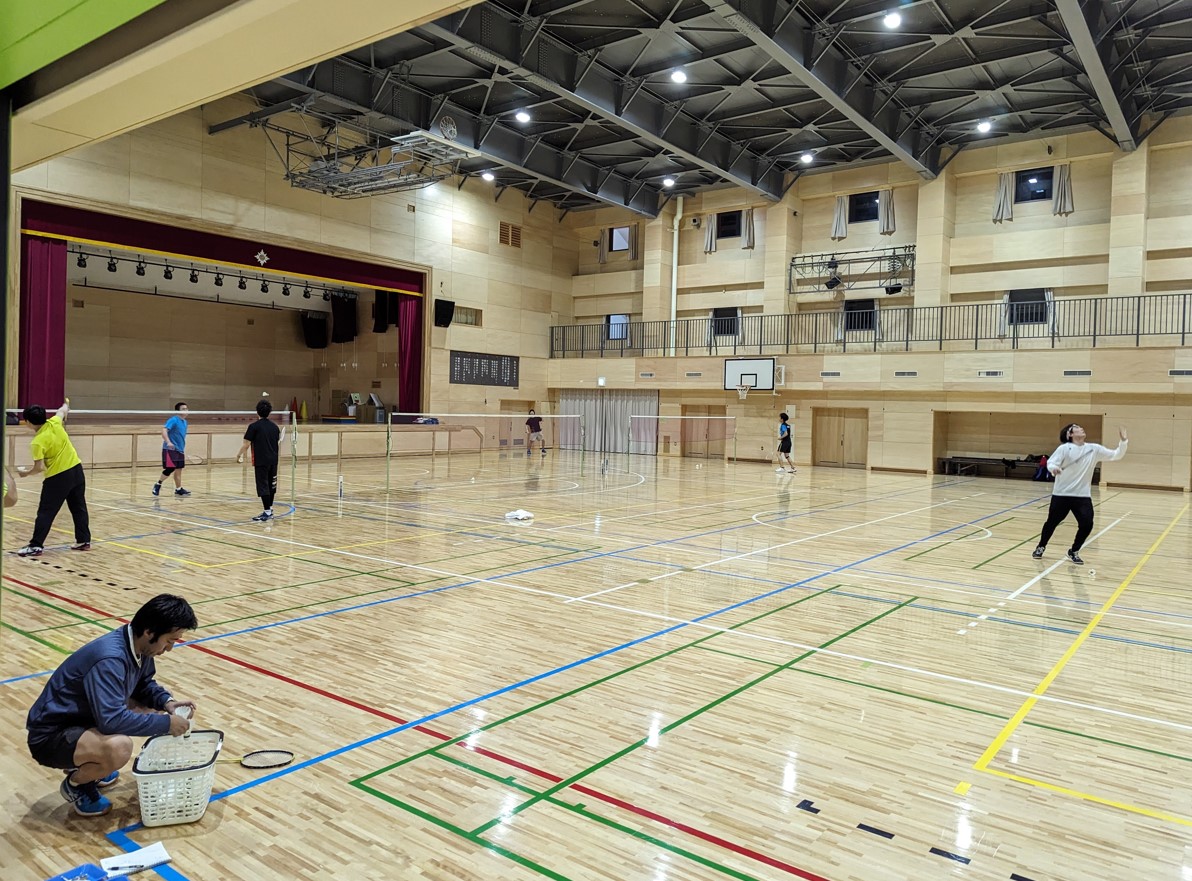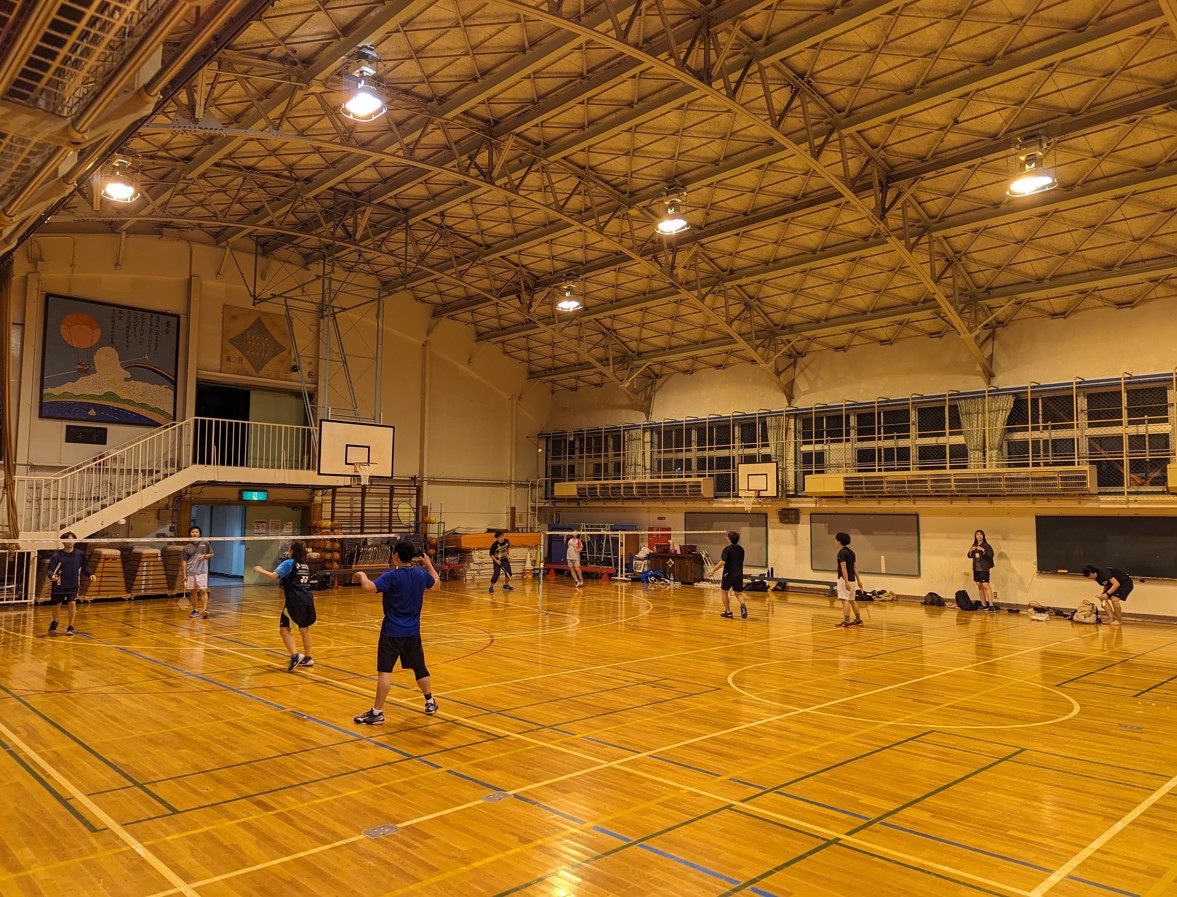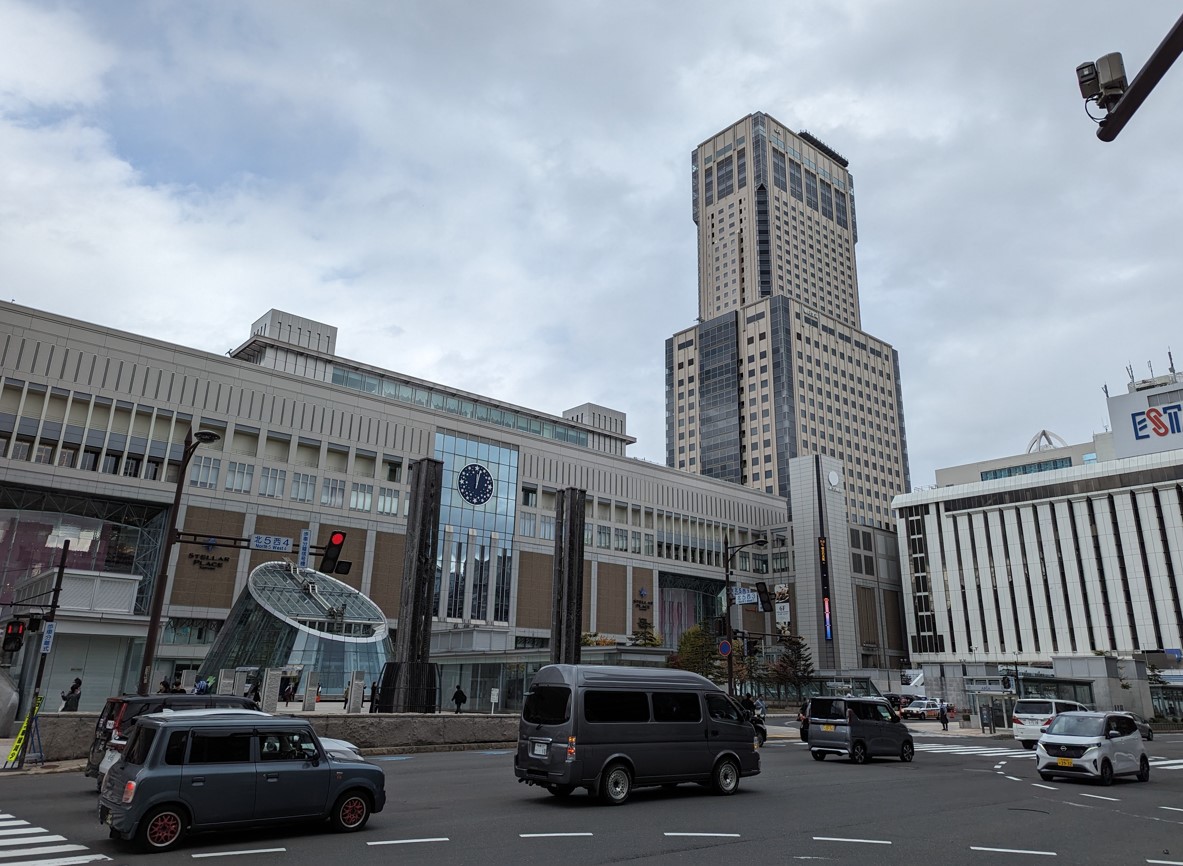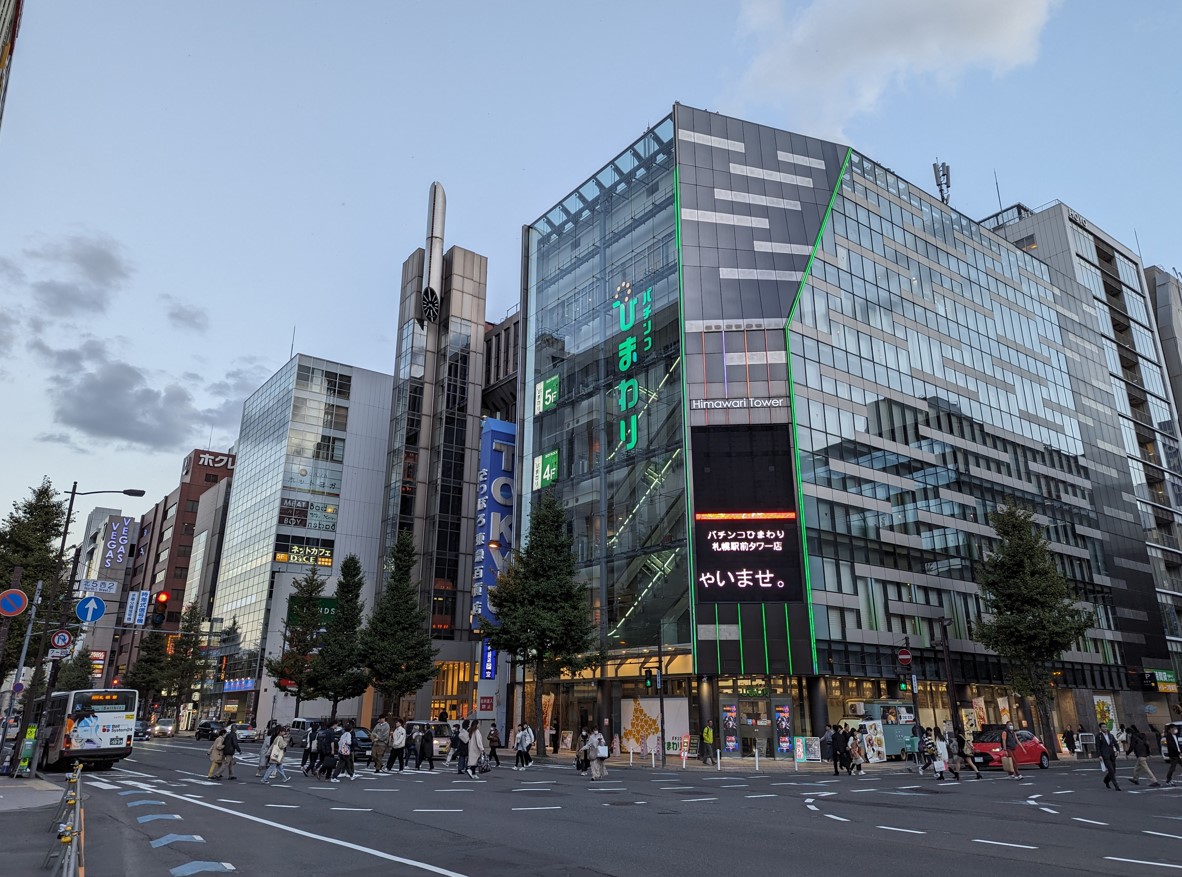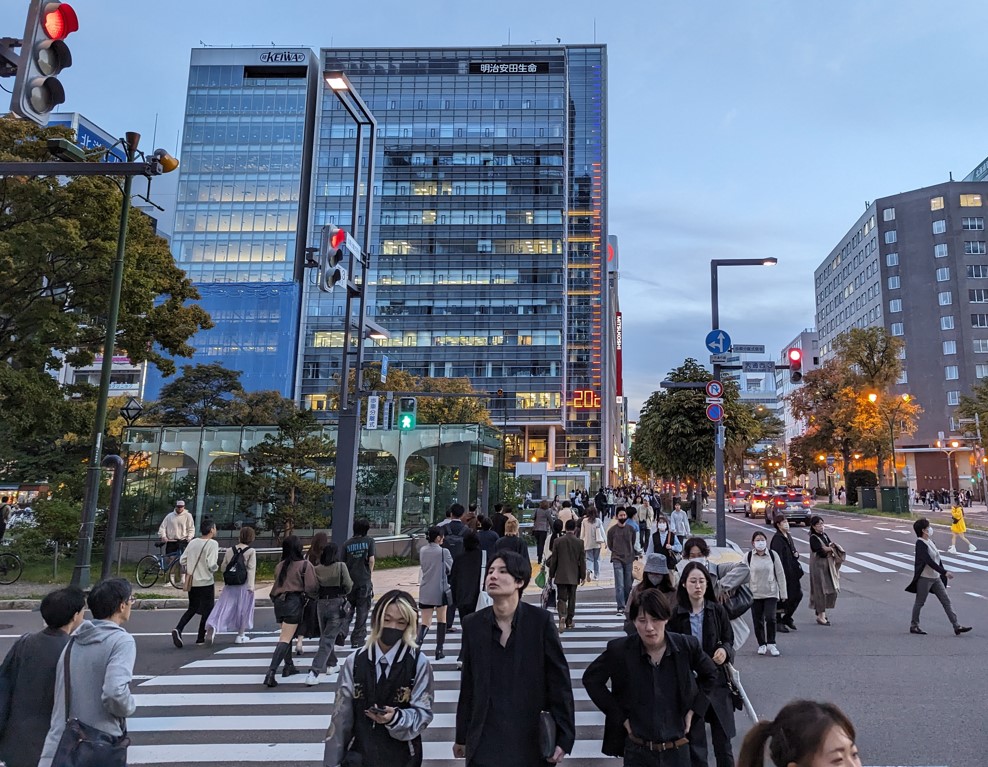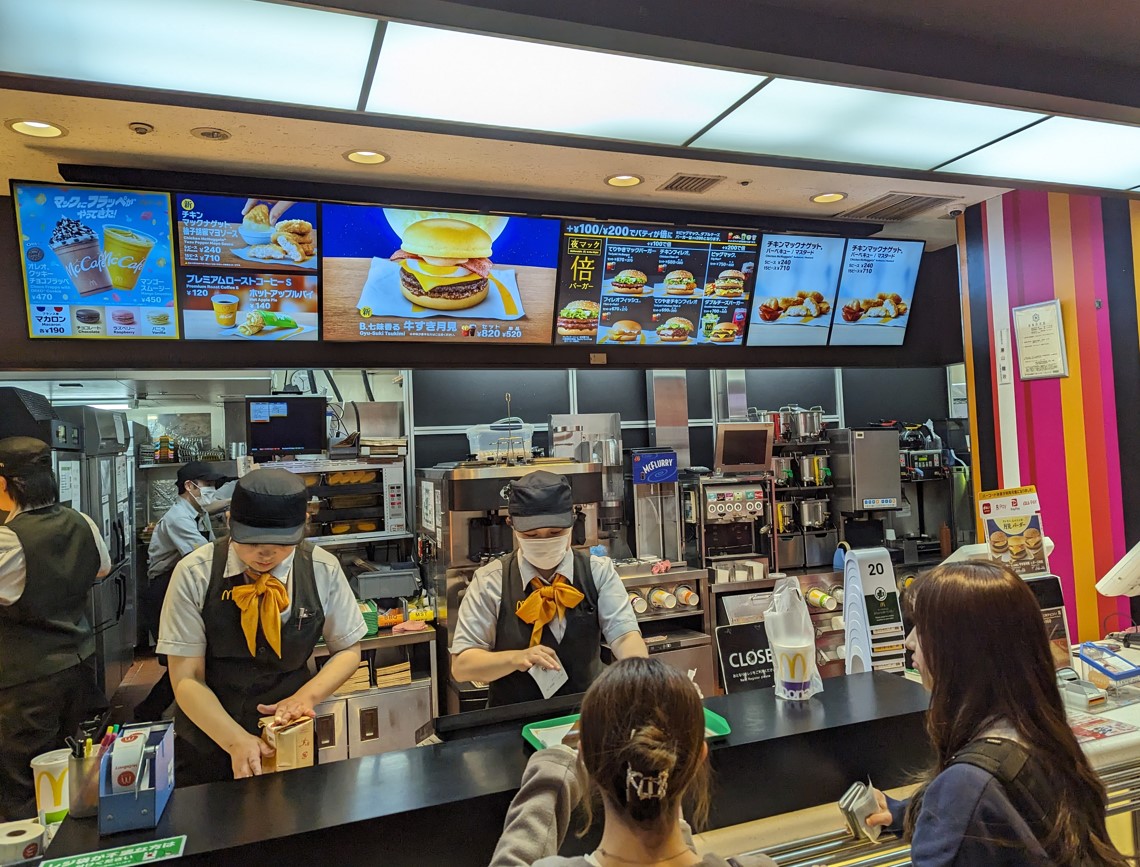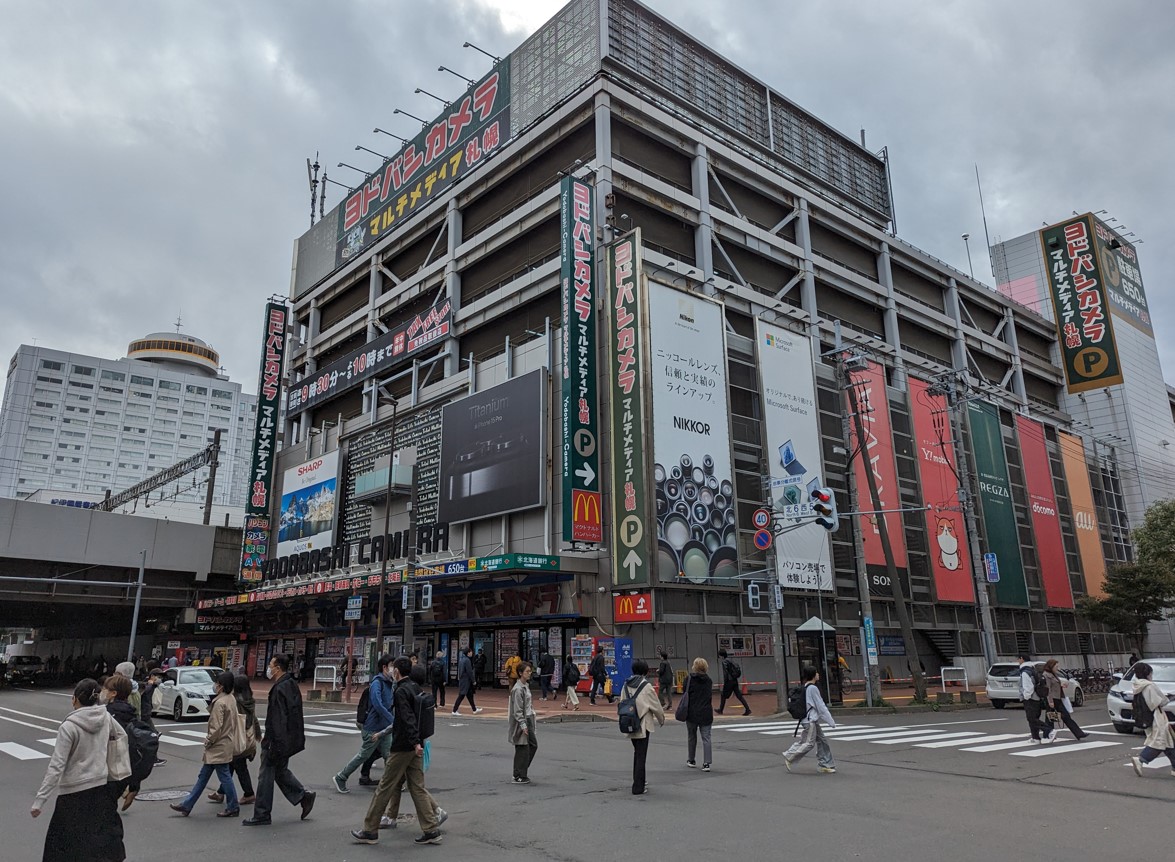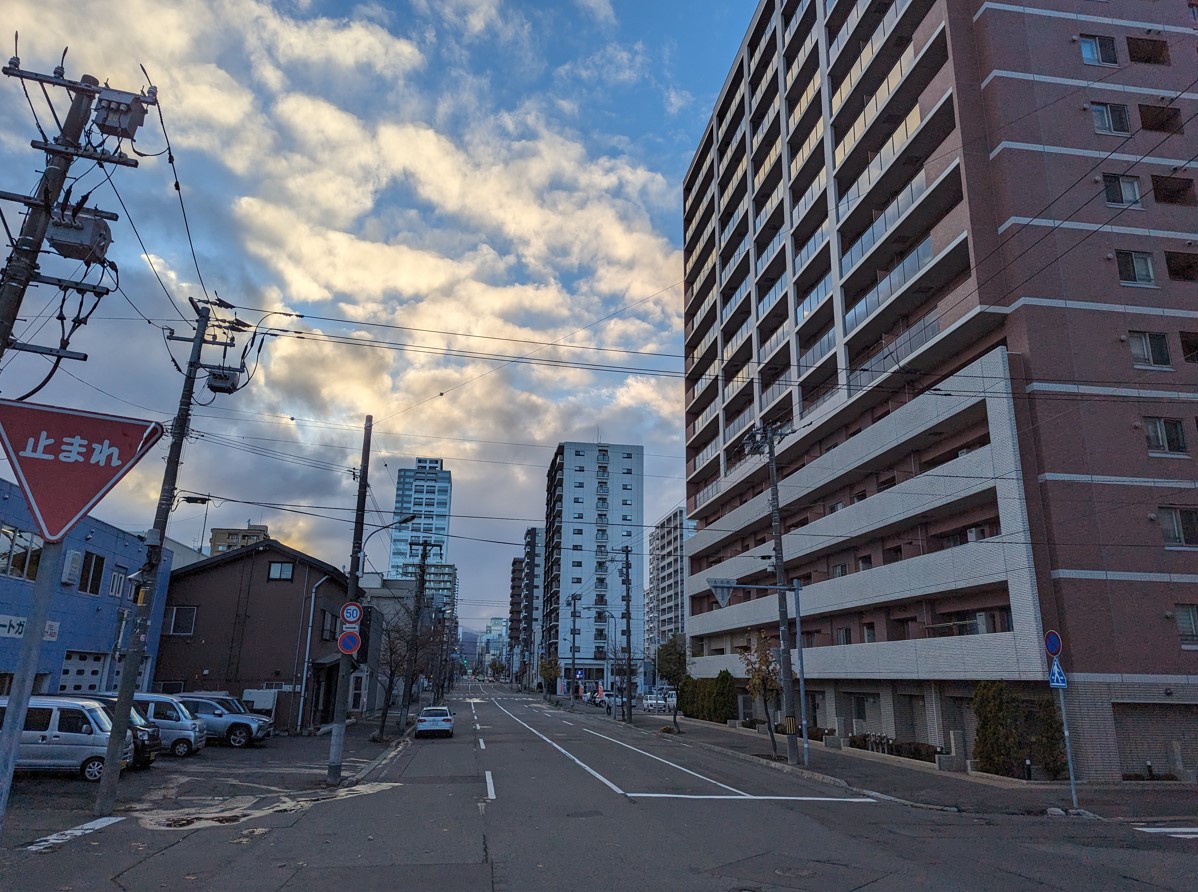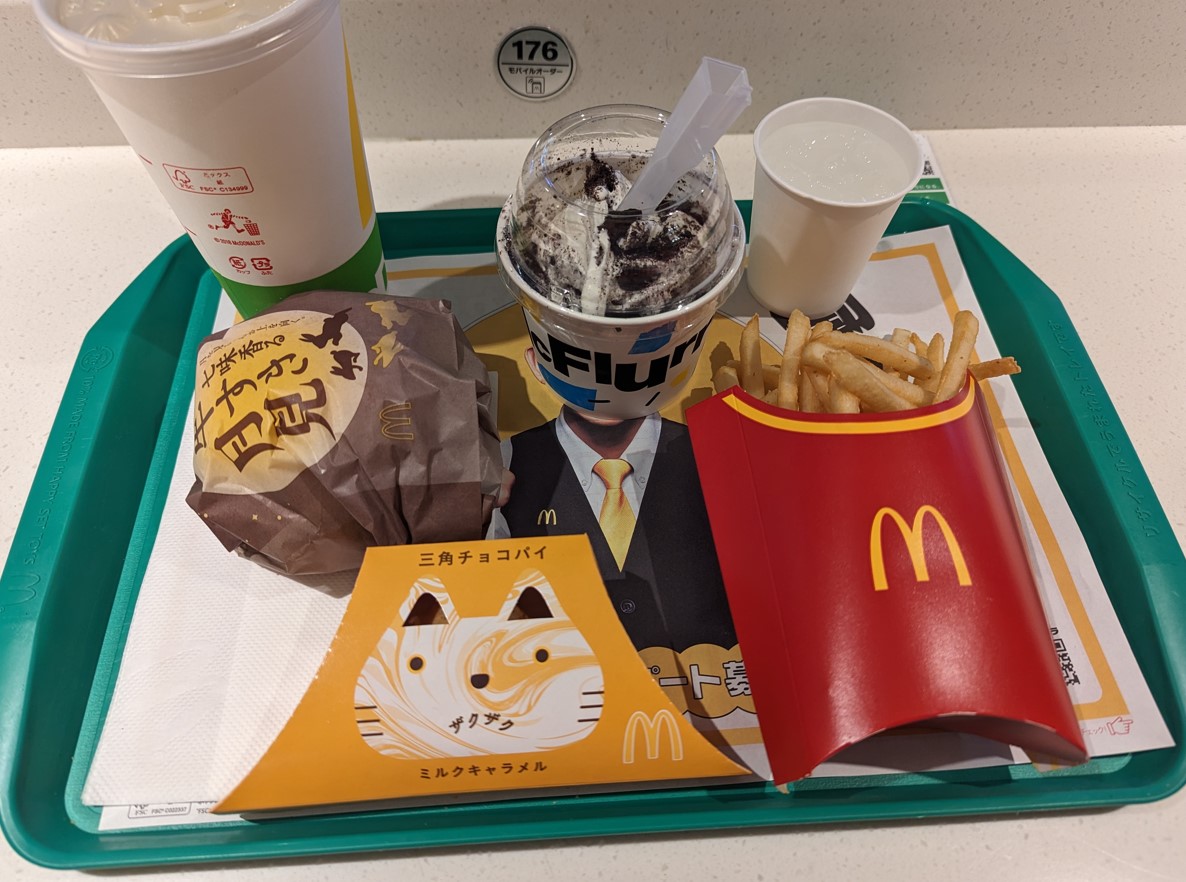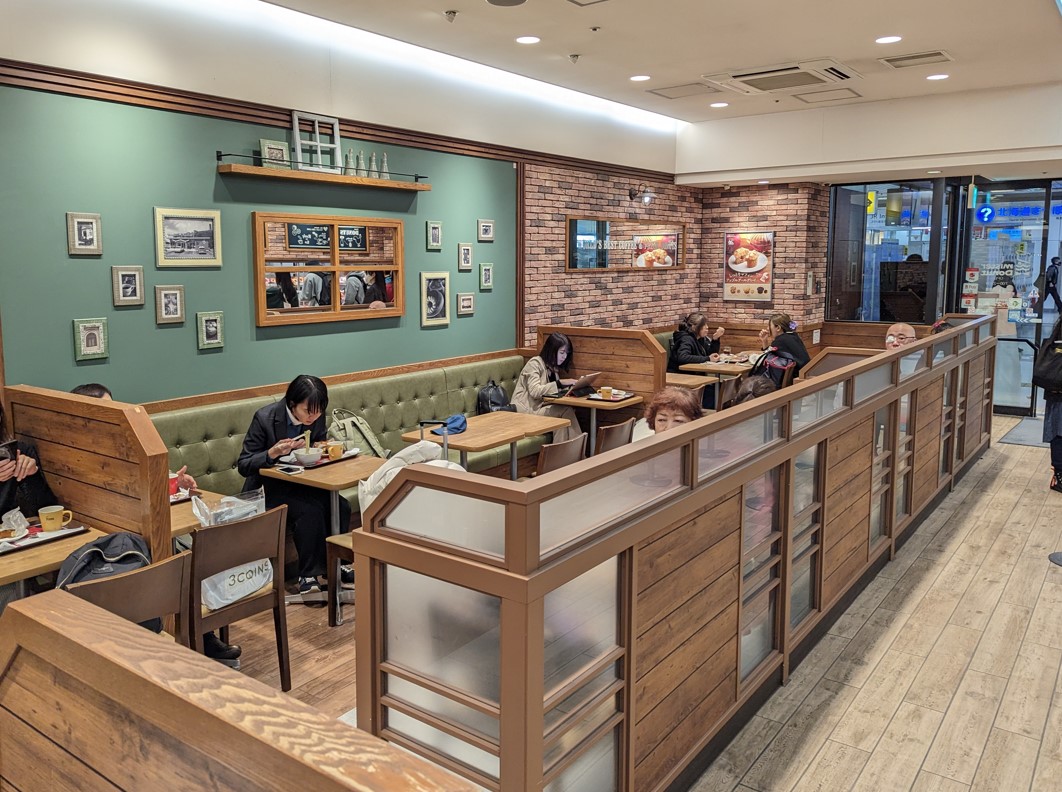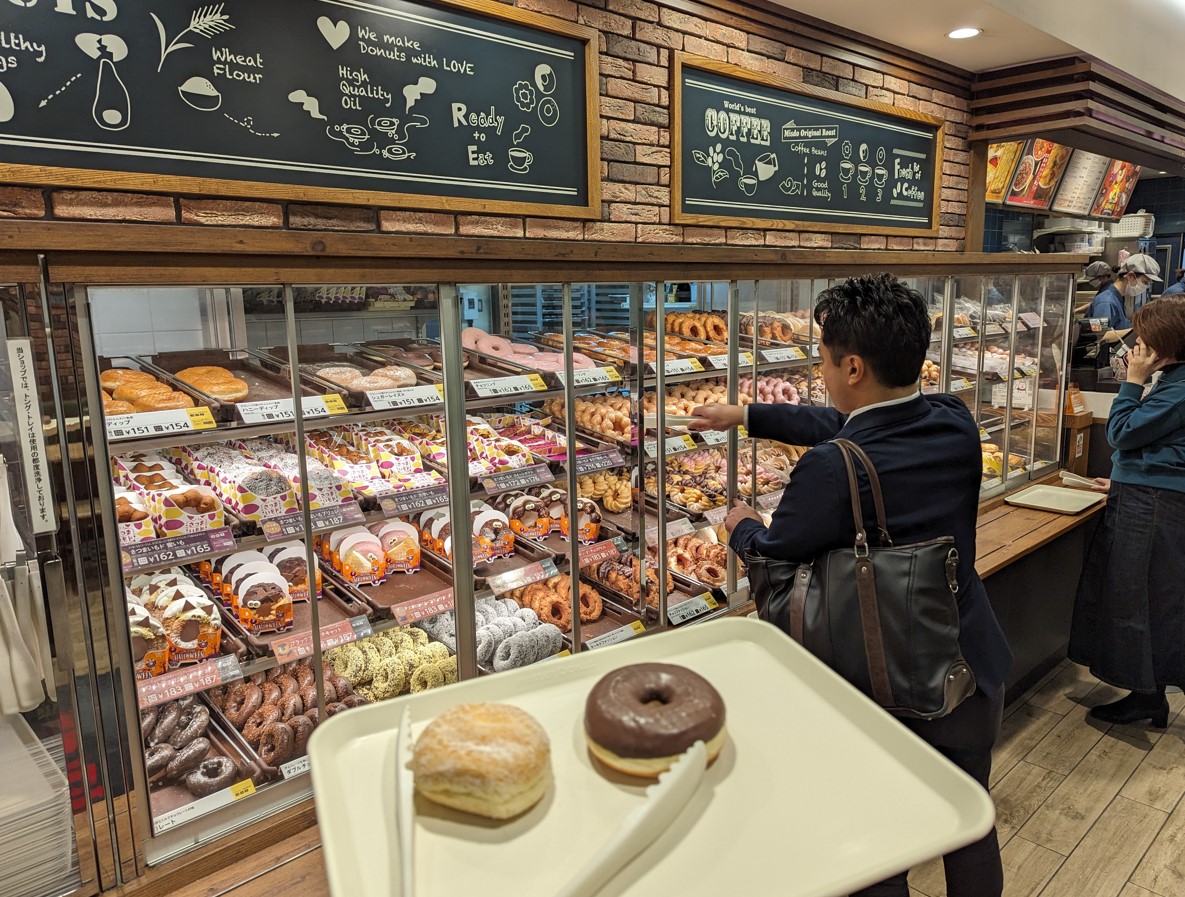
Want personalised recommendations for your travel in Sapporo?
6 ways to familiarise with life in Sapporo
Waiting for a subway in Sapporo.
If it’s your first time to Sapporo, you might be considering how the city is different to your hometown. From spending a month there, I appreciated the lifestyle of the capital city of Hokkaido and the different sides of its personality. I saw a busy side in Sapporo Station, an entertaining side in Susukino, and a peaceful side in Nakajima Park.
If you have any questions, feel free to message me on Instagram.

Garry Ho
Garry was born in Hong Kong but moved to Sydney, Australia at an early age.
Travel on public transport
Sapporo is served by a subway system operating on 3 lines: Namboku, Tozai and Toho, bringing passengers to different parts of the city. All 3 lines are accessible at Odori Station. To pay for your ride, there are different “IC card” brands which you can purchase from the ticket counter of any major train station. I had already bought my IC card, called Hayakaken, from Fukuoka. It worked seamlessly in Sapporo.
Venture out and meet people
In addition to learning about Sapporo through a travel website or airport brochure, I enjoy forming my understanding through locals’ perspectives. What they share are experiences having lived and worked in the region, and I value hearing about the good as equally as the bad.
One night at FLAIR BAR es in Susukino, I met a lady (who could speak fluent English), a chef and a salaryman (neither of whom could speak English). Over drinks, we communicated through a blend of Google Translate, human translation, hand gestures and facial expressions. Communication, without the ease of a common spoken language, can share a lot about the sincerity of a person.
It was during this conversation that I also learned about the tough cost-of-living for many locals. Although tourist arrivals and their spending brings higher revenue for businesses, this demand causes prices to go up. As a result, local citizens have had to reduce spending on simple pleasures like having a drink at the bar.
Eat like a local
On my way to poool(プール) -Espresso&Work-, I saw the big red sign of Ajinotokeidai Ekimae Ten and pictures advertising its ramen. Intrigued and hungry, I walked downstairs and opened the door to a lunch that subseqently felt authentic and delicious. I watched the salaryman next to me, presumably on his break from work, enjoying his ramen while beads of sweat formed around his temple. The soup was spicy, but he was undoubtedly loving it. I learned from his mannerisms when saying “Thank you” and “Goodbye” to the restaurant staff. Gochisosama (ごちそうさま) means “thank you for the meal”.
It is these kind of experiences, dining amongst the locals, that reveal endearing characteristics of a culture. In restaurants in Sydney, it’s not often that chefs or waiters exclaim in front of customers. In Japanese restaurants, you’ll often hear enthusiastic acknowledgements between co-workers, as well as the customary “Irasshaimase” – which means “welcome to my restaurant” whenever a new customer walks in.
Play a social sport
I was lucky enough to have a kind Airbnb host who was helpful to my question of whether there were social badminton activities in Sapporo. She linked me up with a local who organises weekly sessions and I attended three of them. I learned that I had not attended my usual badminton meet-up in Sydney enough! The Japanese people I played with were friendly (mostly) and quite good. I need to practise more to avoid further embarrassment.
An interesting observation was how respectful and accomodating the Japanese badminton players were with each other. In a doubles game, even if it was one partner that made the mistake, both partners would apologise (“Gomen nasai”) to each other.
Know the centre of the city
Remembering landmarks are a helpful way to establish geographical bearings, especially if your schedule gets busy and you’re trying to commute from one place to another.
- Sapporo Station, with its T38 Observation Deck and shopping malls, stands as the central railway station.
- Susukino, with the neon lights of the famous Nikka sign, is filled with restaurants, bars, hotels, and adult-only establishments.
- The 147-metre tall Sapporo TV Tower majestically overlooks Odori Park (which in itself is an iconic and peaceful stretch of land).
- Sapporo Factory is a giant complex of entertainment, dining and lifestyle options. Among the 7 buildings of Sapporo Factory, there’s a beer museum, amusement arcade, supermarket, cinema, and a glass-ceiling, garden-themed Atrium.
- Tanuki Koji for a smorgasboard of dining options, bars, and cafes. The 1-km long arcade has around 200 shops!
Using popular brands as geographic markers
You might be in an unfamiliar district of Sapporo and after a day of exploring, seek warmth and comfort. Popular establishments like McDonald’s, Mister Donut and Starbucks are gathering places for locals and tourists alike. They also usually have a strong Google Map presence. It’s interesting to check-out a familiar international brand like McDonald’s in Japan. In contrast to McDonald’s restaurants I’ve visited in Sydney, I noticed the the French Fries were filled to the brim and the service was more professional.
Discover more

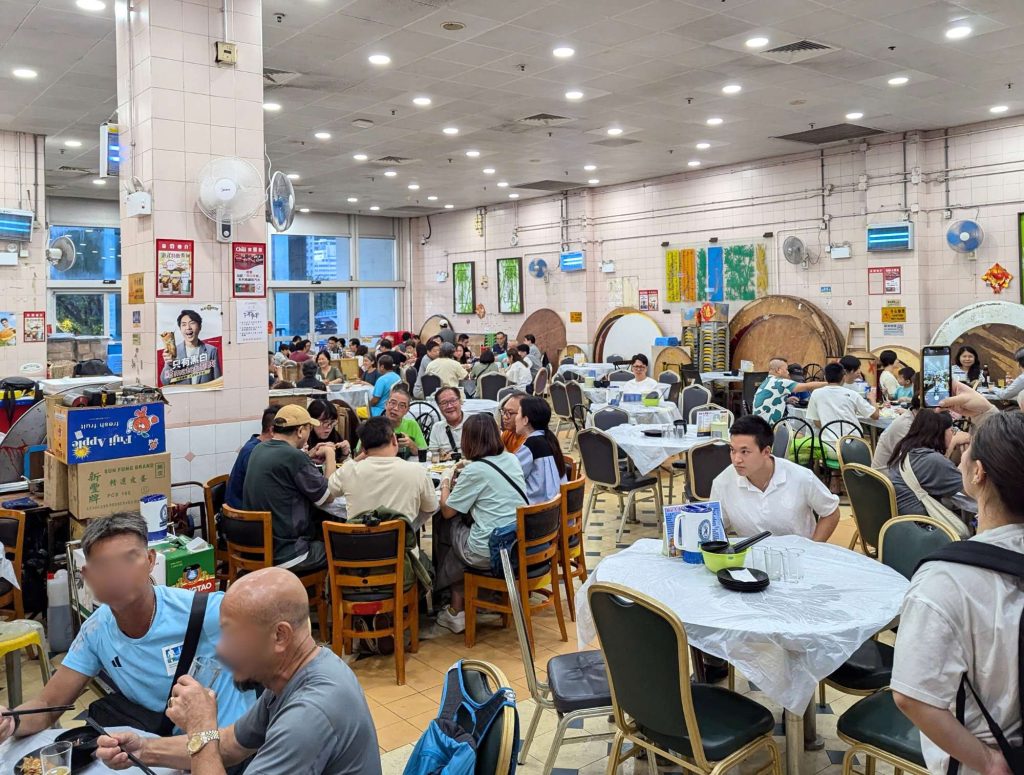
Traditional Cuisine at Hong Kong Cooked Food Centres
August 8, 2024
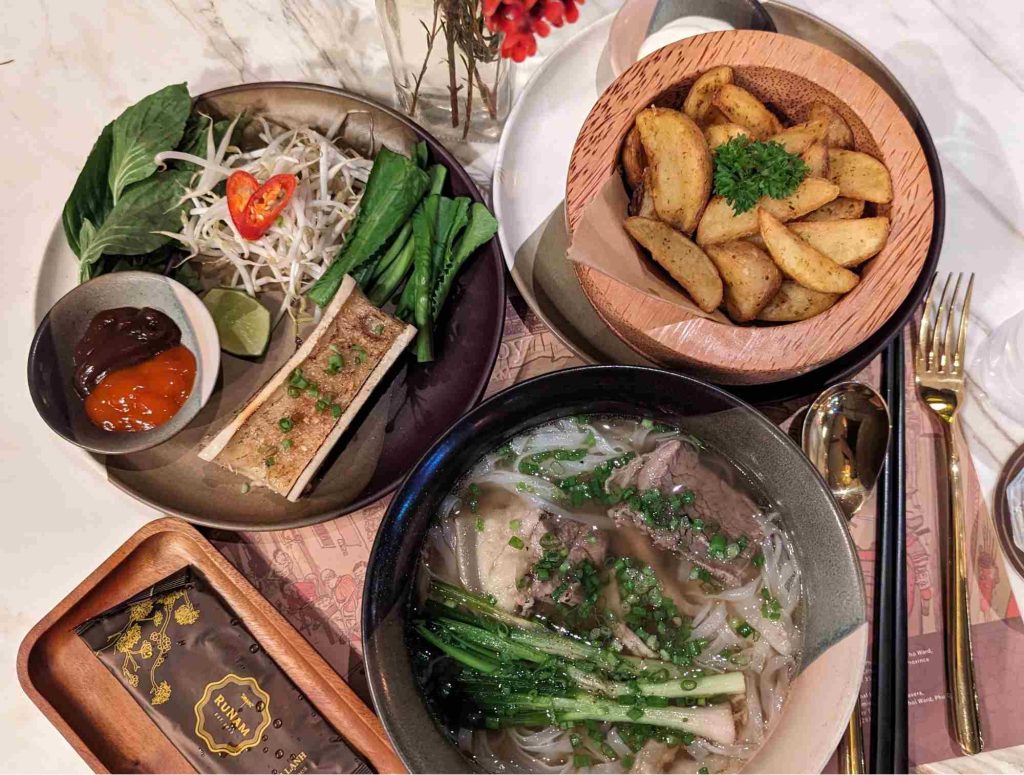
Local Restaurants to visit in Ho Chi Minh City
April 25, 2024
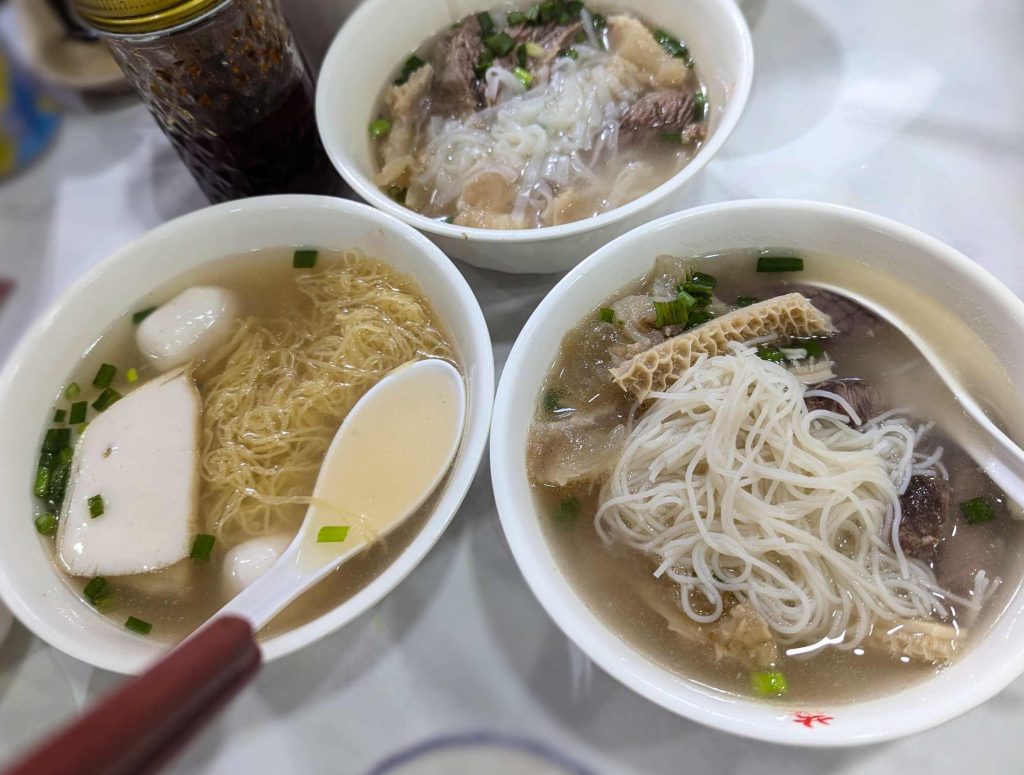
Local restaurants to visit in Hong Kong
September 23, 2024
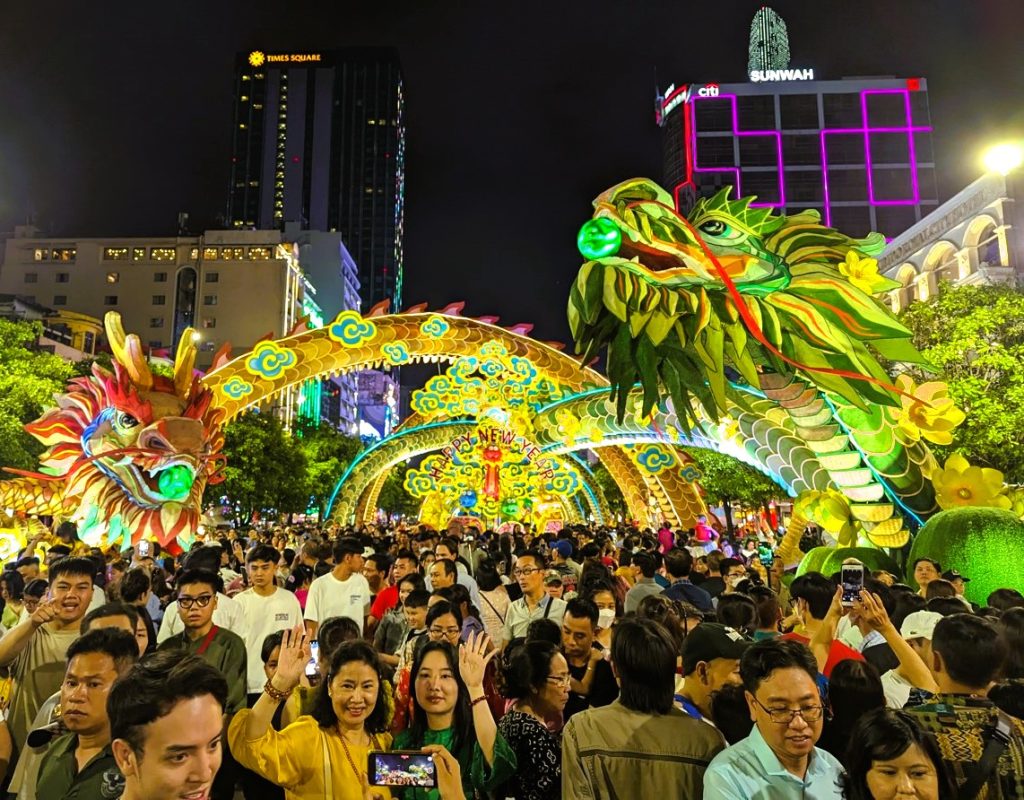
Year of the Dragon Tet celebrations in Saigon
March 19, 2024
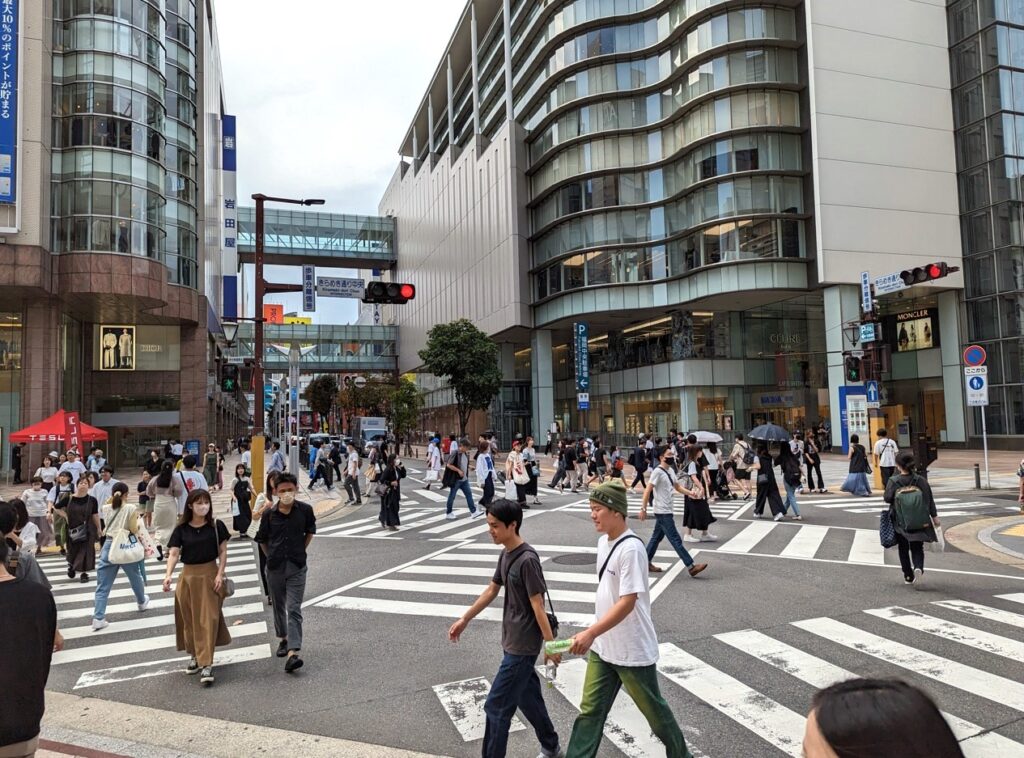
Best places to work and study in Fukuoka city
October 25, 2023
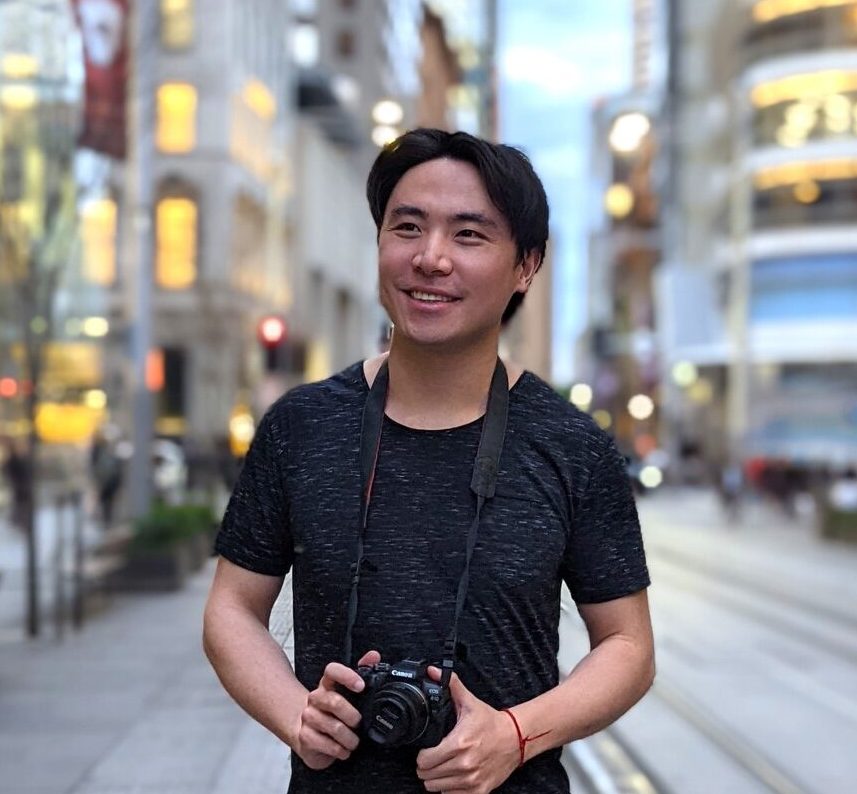
It takes just a minute 🙏
My name is Garry Ho, I’m the founder.
If you have enjoyed our content and found it helpful, please consider supporting us.
All major cards are accepted.

